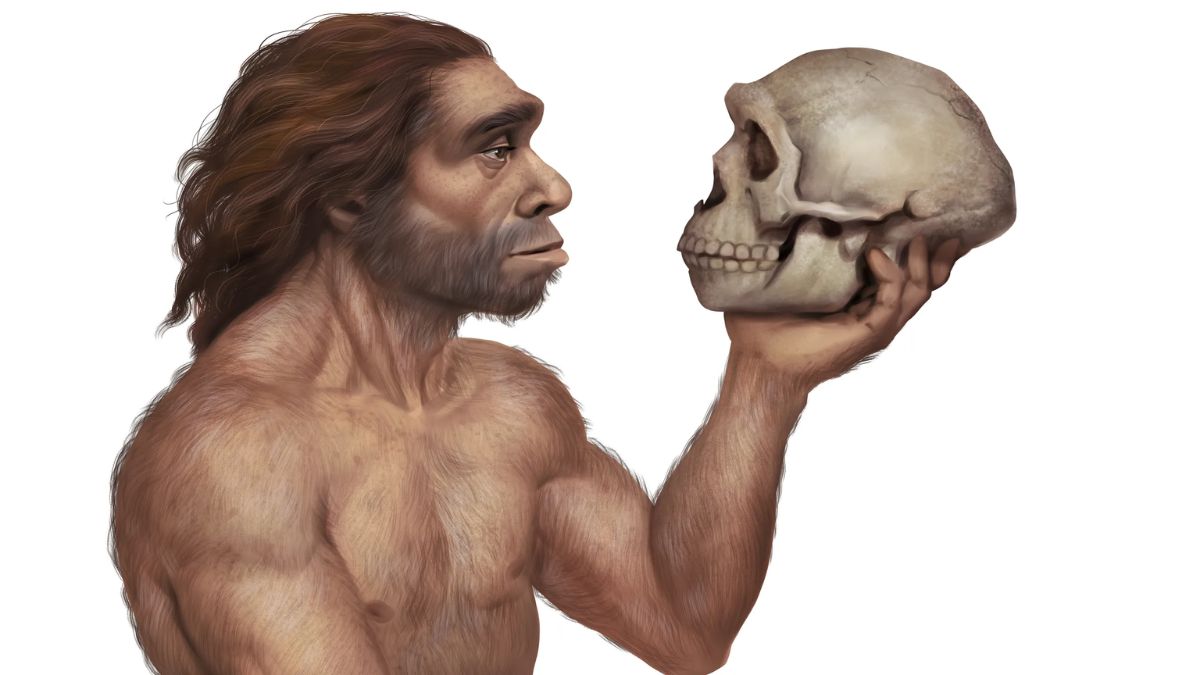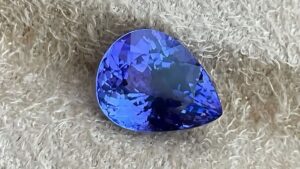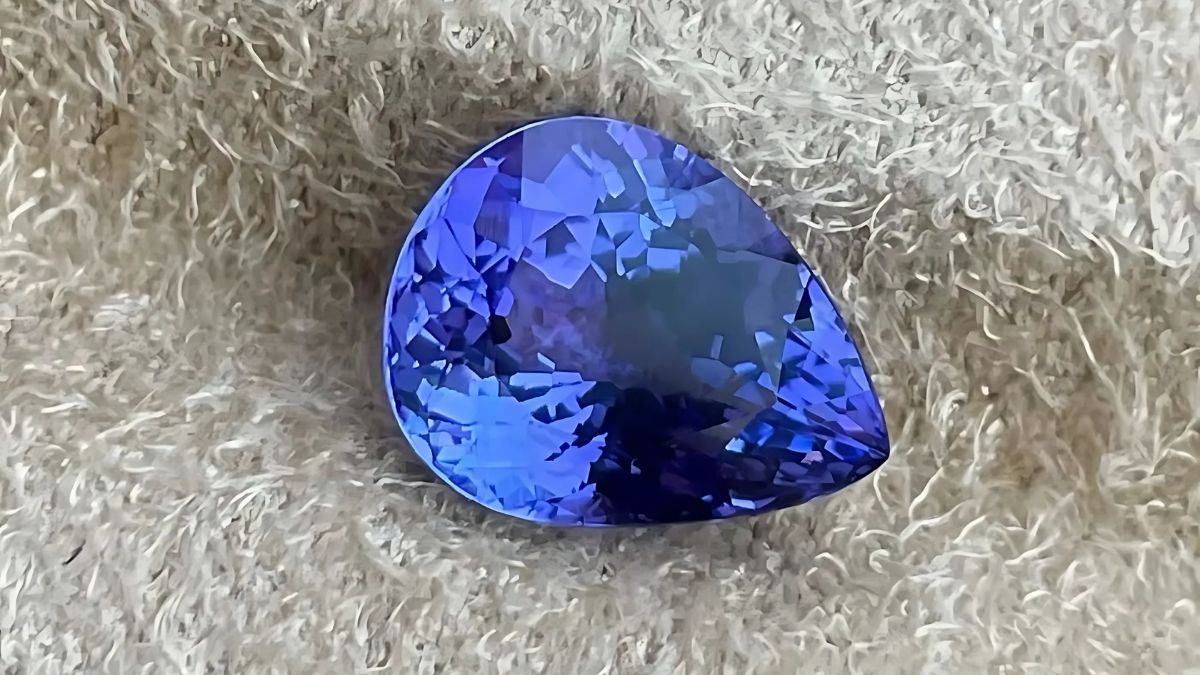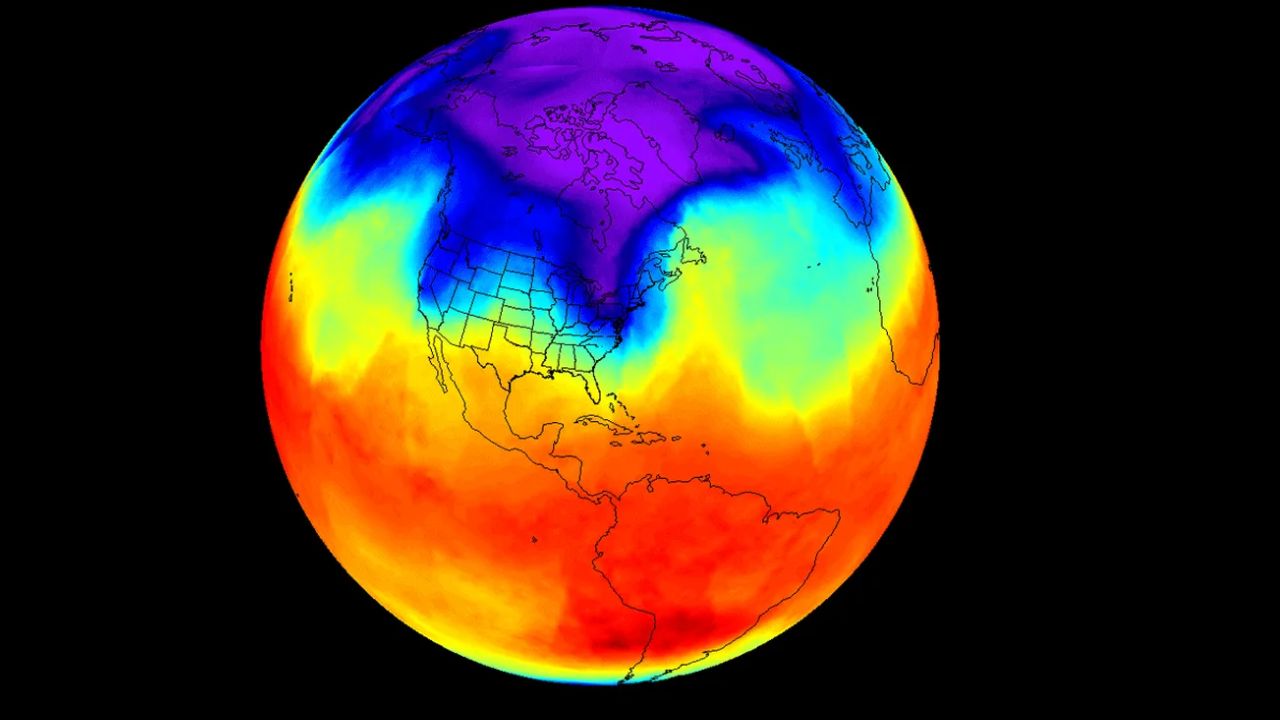We all have one, but hardly ever think about it — the chin. That little bump at the bottom of our face seems so normal, so human… and that’s exactly the point. It turns out, humans are the only species that have chins. No other primate — not gorillas, not chimps, not even our extinct relatives like Neanderthals — have one. It’s just us. And strangely enough, science still hasn’t figured out exactly why.
Let’s cut into this evolutionary puzzle that’s been stumping scientists for decades.
Uniqueness
The chin might not seem like a big deal, but it’s actually one of the most unique things about us. Look at any animal, especially those closely related to us. Gorillas? No chin. Chimpanzees? Nope. Even Neanderthals — our closest extinct cousins — didn’t have one.
Only Homo sapiens have that protruding bit of bone under the mouth. And because no other species has it, we can’t compare it to anything else. That makes it much harder to figure out why it’s there.
Evolution
When it comes to evolution, we’ve figured out a lot. We know how dinosaurs evolved into birds. We understand why some species walk upright or have bigger brains. We’ve even figured out why testicle size varies across species — yes, really.
For example, chimpanzees have large testicles because males compete to mate with females, so producing more sperm increases their chances. In contrast, gorillas live in harems where one male mates with many females — less competition means smaller testicles. Humans fall somewhere in between, which reflects our mixed mating strategies.
This is a great example of convergent evolution — different species developing similar traits because they solve the same problem. Birds, bats, and insects all evolved wings, even though they’re not closely related. Evolution found the same solution multiple times.
But that’s what makes the chin so weird — no other species, ever, seems to have developed one. Not even by accident.
Isolation
In science, we often figure things out by comparing species. But the human chin has no comparisons. It didn’t show up in Neanderthals, Denisovans, or other ancient hominins. So we’re left guessing.
There’s no other animal on Earth with a true chin. That makes the chin one of evolution’s loneliest features — a trait without parallel, a one-of-a-kind mystery that still hasn’t been cracked.
Theories
Just because we don’t know for sure doesn’t mean there aren’t ideas. Scientists have come up with several theories about why the chin may have evolved.
| Theory | Explanation |
|---|---|
| Jaw reinforcement | The chin might help absorb shock from face impacts |
| Beard support | It could anchor facial hair, making beards more prominent |
| Diet and chewing | As cooking reduced the need to chew hard foods, our jaw shrank and left a chin |
| Speech development | Possibly helps with lip and tongue movements used in talking |
These all sound reasonable. The problem? None of them can be proven. We don’t have clear fossil evidence to trace the evolution of the chin, and we can’t study it in other animals since they don’t have one.
Limits
Science is great at explaining things — until it isn’t. The chin is a reminder that not all evolutionary traits come with a clear, testable story. Without more fossils or living examples, we’re stuck with educated guesses.
And that’s what makes the human chin fascinating. It’s a tiny feature that holds one of the biggest mysteries in evolutionary biology. Why is it there? What does it do? And why did it only show up in us?
So next time you look in the mirror, give your chin a second glance. It might not seem like much, but it’s one of the most uniquely human things about you — and science still doesn’t know why.
FAQs
Why do only humans have chins?
Humans are the only species where the jawbone juts forward to form a chin.
Did Neanderthals have chins?
No, Neanderthals lacked the distinct chin that modern humans have.
Is the chin useful for anything?
Scientists aren’t sure — theories exist, but none are proven.
Could the chin help with speech?
Possibly. Some think it aids lip and tongue movement, but it’s unconfirmed.
Do any animals have chins?
Nope! Humans are the only species with a true chin structure.



















